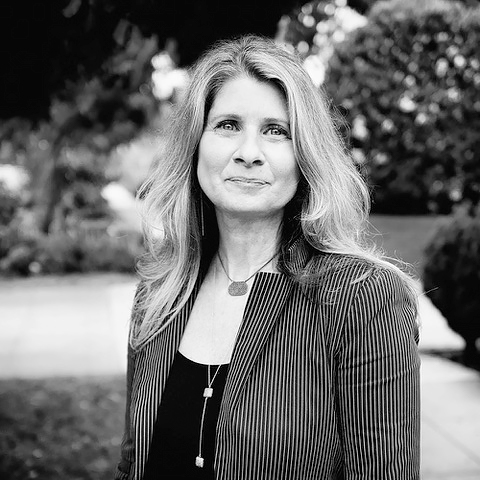Debe Arlook is an award-winning American artist working in photography. Since her first camera at 8 years old, she has been a curious observer of her surroundings. Degrees in filmmaking and psychology inform her narratives involving the landscape, relationships, personal growth, and existential inquiry. At the end of a 20-year marriage with three teenagers to raise, Arlook's spiritual awareness practice deepened. Still photography became an expressive outlet and tool for self-discovery. In addition to her studio practice, Arlook is an educator, contributing editor, and digital printer for fine art photographers. Based in Santa Monica, California, U.S.A., her work is exhibited and published globally
Statement
I've often described myself as having grown up from behind the lens. During my 40s and 50s, my role as a parent and spouse dwindled as my kids became teenagers and my marriage fell apart. As painful as these petites morts were, they were catalysts for self-discovery and rebirth. My mind quieted and the curious child I once was returned. My senses magnified and I could now see what had been overlooked. I became introspective and so did the work. It took time to understand the underlying messages each photograph held for me. I didn't realize they reflected my deep-seated thoughts and emotions. I had to step outside my ego in order to see I was photographing aspects of myself. And this was street photography! I had no idea each photograph is in some way a self-portrait and still, I often forget.
Photography is the conduit in my attempt to understand human nature, my surroundings, and the big existential questions. With each project, I alter the visual language using diverse photographic processes specific to each narrative. In Foreseeable Cache, I create alternate worlds using sublime southwestern landscapes to evoke transcendent feelings of meditation. My latest body of work and first documentary, one, one thousand…, is a different kind of love story. It exposes the hidden impact a rare brain disorder has on the lives of a mother and son, focusing on their individual and shared experiences of life-long care. I continue to massage this work and watch it reveal itself to me, as my work does at some point.
ARTICLES
Exclusive Interview with Debe Arlook
All About Photo Presents 'one, one thousand' by Debe Arlook